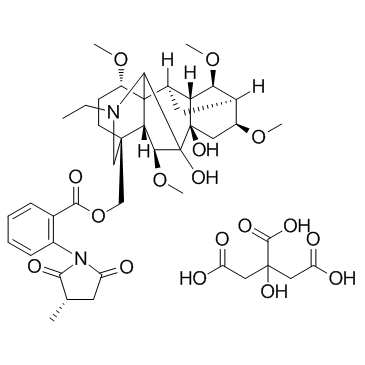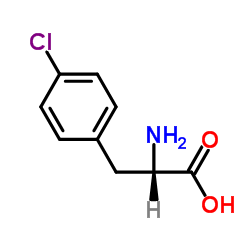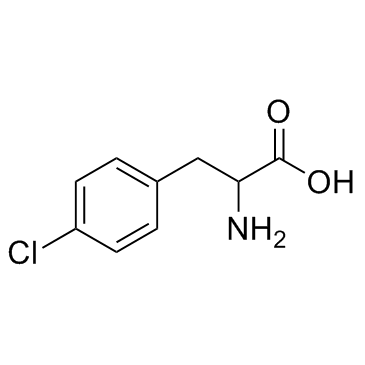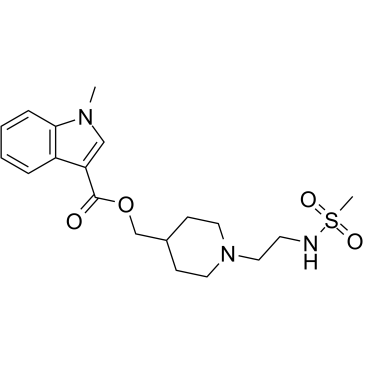| Structure | Name/CAS No. | Articles |
|---|---|---|
 |
Methyllycaconitine citrate
CAS:112825-05-5 |
|
 |
Fenclonine
CAS:14173-39-8 |
|
 |
D-4-Chlorophenylalanine
CAS:14091-08-8 |
|
 |
DL-4-Chlorophenylalanine
CAS:7424-00-2 |
|
 |
GR113808
CAS:144625-51-4 |